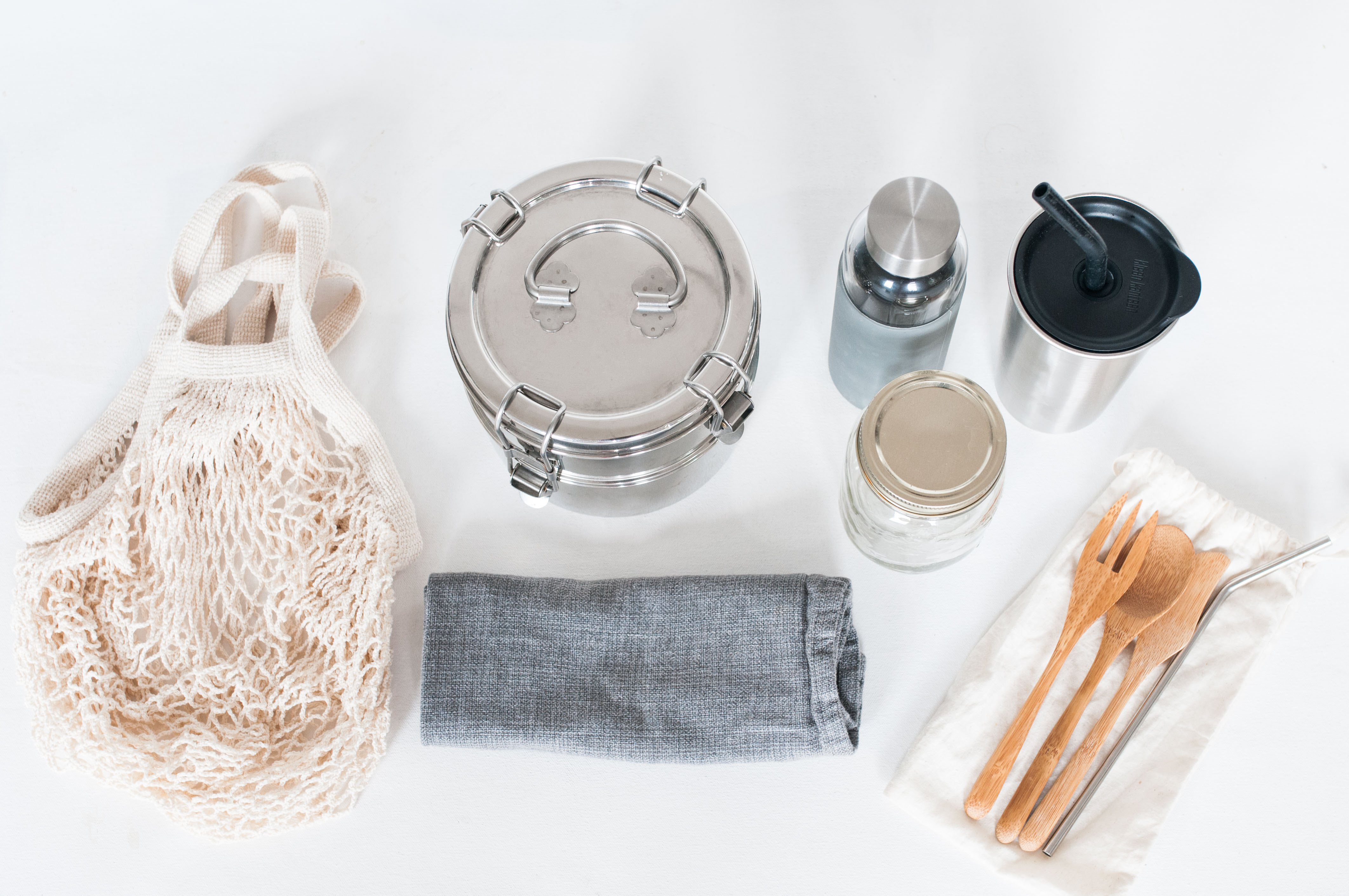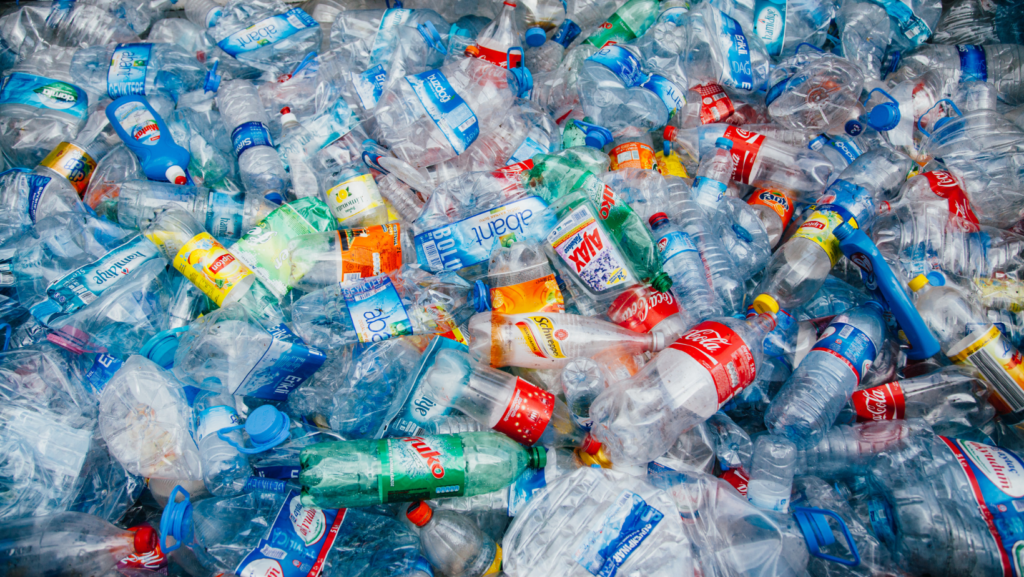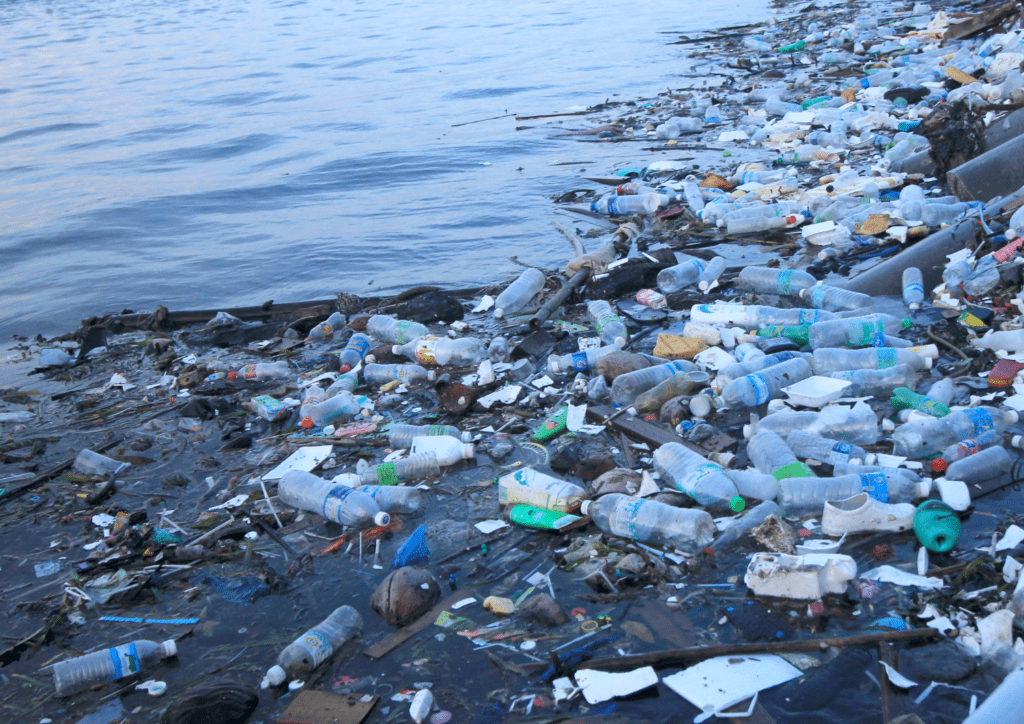This is a guest post by zero-waste blogger Tara McKenna. Check out her Instagram @ZeroWasteCollective for more awesome tips and encouragement on living plastic free!
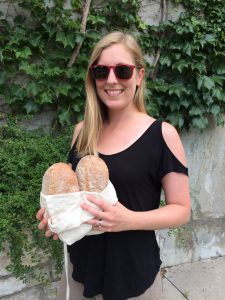
I’ve always been passionate about sustainable living. We live on this amazing and beautiful planet full of biodiversity and abundant nature. Unfortunately, over the past 50-70 years, our wild and natural areas have declined in quality and quantity from resource extraction, development, deforestation, and pollution. Plastic is now incredibly prevalent in our lives, in everything from disposable bags, straws, and cutlery to coffee cups.
Plastic seems to be overwhelming and unavoidable.
From a lifestyle perspective, the concept of zero waste is to avoid creating waste from the start. Most of us are well aware of the 3 Rs of ‘reduce, reuse, recycle’, but zero waste takes it further.
It’s committing to skip the disposables where possible, find ways to share resources in our communities, repair broken things, consume less, and when we do consume, choose high quality items that are built to last and be repairable. It’s understanding our local waste management system, but also knowing that recycling isn’t enough.
While not perfect, the lens of zero waste helps me to rethink my choices and my purchases and make decisions that align with my values. When I started my blog, The Zero Waste Collective, I was amazed how many people were interested in the lifestyle! People want to reduce their trash, they want to reduce their impact, they want to be kinder to our planet. Although it will take much more than individual action, our individual actions are still so important.
So, do you want to know how I tackle waste in my life? It starts with groceries!

Here are my NINE TIPS for Zero Waste Grocery Shopping!
1. Plan ahead
My husband and I keep a running list of groceries we need on a chalkboard by our kitchen. As soon as we’re low or running out of something, we add it to the shopping list. Shopping from a list helps us to avoid duplication when grocery shopping and ensures that we only buy what we need.
2. Use the List to Prep for Shopping
Because we have a grocery list on the chalkboard, I know exactly what types of (clean) reusable bags and containers we’ll need for groceries. I’ll prepare everything accordingly and make a list of the different stores I need to go to. For bulk foods, I’ll determine how many jars, containers and reusable bags I need based on the list. For regular groceries and the bakery, I bring large tote bags and smaller produce & bread bags to avoid any need to take a disposable plastic bag from the store. We also use bottle return programs for milk and yogurt, so when I need to replace those items, I make sure the empty jars and bottles are clean and ready to return.
3. Bring my own cup
If I’m stopping for a tea latte while I’m on the go, I’ll only have one if I’ve remembered my reusable travel mug. It’s non-negotiable for me; if I didn’t bring it and I don’t plan on having my tea in the coffee shop, I don’t get one. There are no disposable coffee/tea cups in my life.
4. At the Bulk Shop
There are a few places where I can get bulk foods in my own containers where I live, but I quite often end up at Bulk Barn because of their wide variety of food and their reusable container program. I get my bags and containers weighed by staff, then with my grocery list I fill up on things like flour, chocolate chips, granola, peanut butter, and so much more. I carefully fill each bag and container without my container or bag touching the bulk food, then I grab the food item number with a picture from my phone so that when I get to the till it’s quick and easy for staff to weigh and input each product. Then I pay and go!
5. At the Regular Grocery Store
Armed with my grocery list, I start in the produce section. I avoid any fruit and vegetables wrapped in plastic. I only buy naked produce and put them in my own reusable bags. I grab other things I need, choosing to stick to more easily reusable and recyclable materials like glass jars and cardboard. It’s not 100% zero waste, but I’ve truly let the zero waste lens inform our grocery shopping choices and we reduce as much packaging and plastic from our shopping as possible.
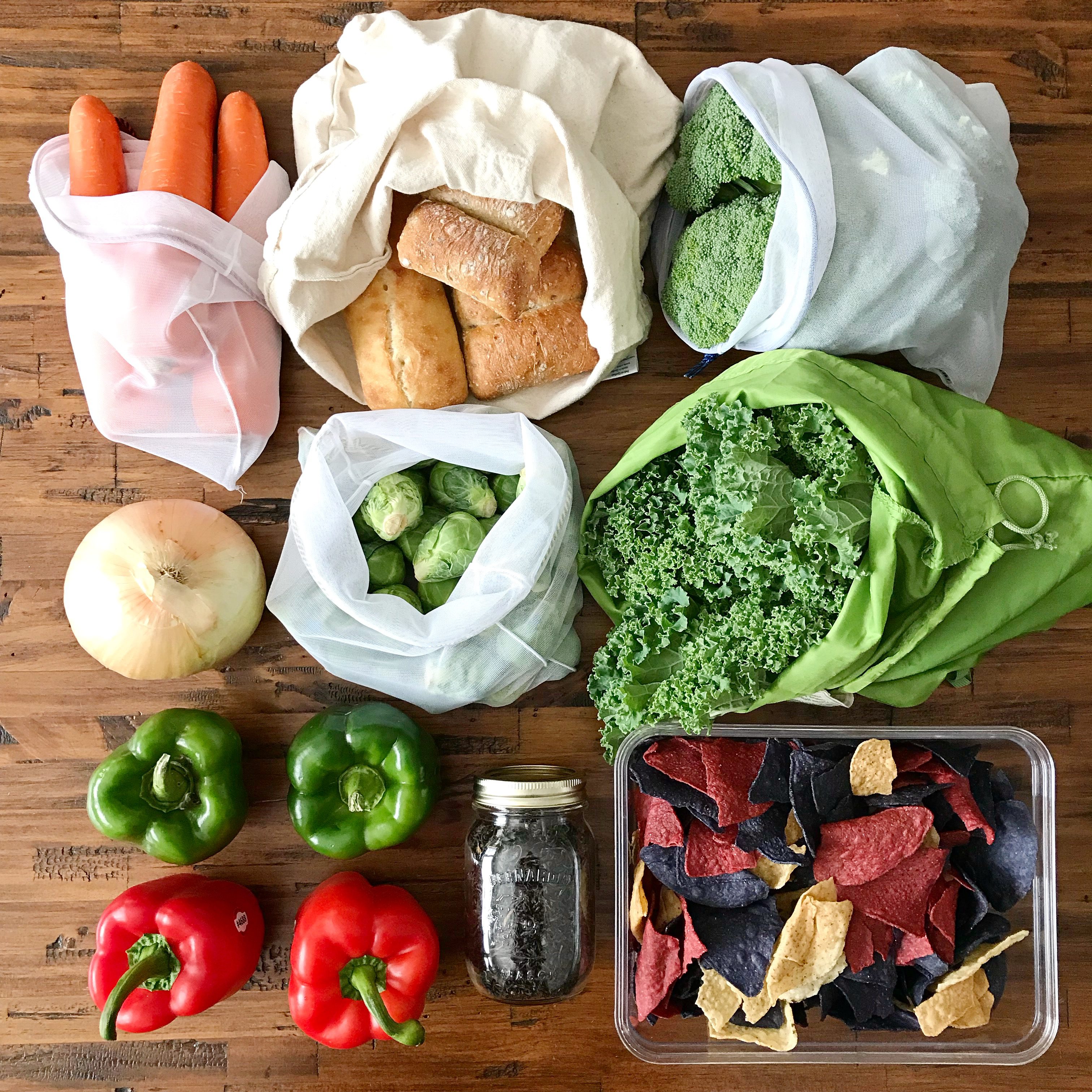
6. Try Bottle Return Programs
We have a couple of grocery stores where I live where there are bottle and jar return programs for milk and yogurt. I bring those empty and clean jars/bottles back to the grocery store, get the deposit I paid back for those bottles, and get the replacements I need.
7. Buying Bread Zero Waste
Either the at the farmer’s market, local bakeries, or bakery at the grocery store, I’ve never had any issue with using my own containers or bags for baked goods. We no longer buy bread in plastic bags, instead, we buy freshly baked bread or buns from the bakery and buy them with our own reusable bags.
8. Visit the Farmer’s Market
I love shopping at the farmer’s market for local food and produce. Ours is open year-round but is much bigger during the growing season. It’s great because the vendors are happy to help when I come with my own bags and containers, and it’s nice to see the same faces each week and connect in the community.
9. When I get Home
Unpacking my (mostly) zero waste haul is fun. The jars go right into the pantry and look great, plus it’s easy to see in the clear containers how much of each food we have. The bread gets wrapped in beeswax wrap to keep it fresher and for it to last longer, then goes back into the bread bag. If I have enough time, I’ll chop up the veggies for the fridge. Things like celery and carrots should go in water so they don’t dry out. I like to have my kale washed as soon as possible so it doesn’t wilt, then I store it in a large container wrapped in a damp tea towel in the fridge. This helps the kale last for 1-2 weeks. Once all is said and done, there’s no trash and very little recycling, and certainly NO PLASTIC BAGS.
This process and system didn’t happen overnight. It took a lot of time to determine what we need and want in our kitchen in terms of groceries, and what we could say goodbye to (like frozen veggies). Plus, we had to figure out where we could buy everything based on our new values.
Overall, it takes time to figure out what you can buy and from where, and to find out if it’s personally sustainable to maintain this new approach to shopping.
Ultimately, you have to do what works best for you based on your circumstances, what’s available, and your budget. From there, have fun! Explore! Join your community in new ways.

This blog is part of The Plastic Diaries, a new resource page answering all your questions and concerns about plastic pollution, and what we can do about it.




